While most of the attention at drupa has been concentrated on the subject of B2 sheet fed inkjet presses, and also on the impact of Benny Landa’s new Nanographic Printing Process, there has been another major development that has stayed somewhat under the radar. This is the arrival of a new generation of liquid toner based digital printing technology. In digital electrophotographic (toner based) printing most presses use dry toner, and of the mainstream presses only HP Indigo uses liquid toner technology. The benefits of liquid toner technology are its ability to go very fast plus its high quality of output. In the HP Indigo implementation there are however some limitations in terms of the environment and the manner in which it operates that restricts its speed of operation.
At drupa however HP Indigo is one of the stars of the show with its launch of its series three HP Indigo 10000, 20000 and 30000 presses. The HP Indigo 10000 has already established a commanding lead in terms of order commitments in the B2 sheetfed digital press market. I am sure it will maintain this lead when it comes to installations when it becomes available during the course of next year.
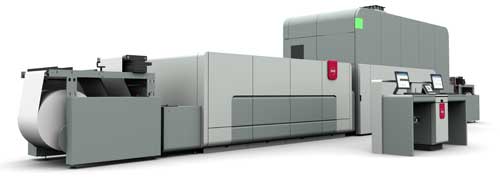
There have however been announcements of other liquid toner press technologies that I feel will move digital printing technology forward in a way that I do not see HP Indigo going. These new technologies are from Océ and Xeikon. Of these only Xeikon is showing at drupa. I had the privilege of being invited during drupa to Océ’s headquarters in Poing, Germany to see what they are doing, this being the InfiniStream technology. Océ decided not to show at drupa as the market for InfiniStream is the high quality folding carton market . The company believed it better to go directly to the brand owners and large packaging printers rather than showing the product to the general commercial market.
Xeikon is still in an early stage of development of its Trillium technology and only showed a limited demonstration of it as drupa. Both Océ and Xeikon are targeting late 2013 for first product installations.
Before going into any details on either the Océ or Xeikon products let me outline why liquid toner is so important. It predominantly is for the reason that it may be the best technology for very high quality, high speed and environmental support. For high quality one only has to look at the output of HP Indigo presses to see that liquid toner printing is the highest quality digital color printing available. One also looks at HP Indigo to see the speed of the technology. The fastest HP Indigo press engines run at a speed of 2 meters/sec (120 meters/min). That’s as fast as most inkjet presses but with much better quality. However this is the speed of the engine not of the press. A limitation of the HP Indigo liquid toner (ElectroInk) technology is that it can only lay down one color at a time so a four color press runs at a maximum of 30 meters/min, or 40 meters/min in its unique three-color mode. The technology also removes the carrier oil from the toner largely by heat and evaporation and this generates some VOCs. There are also some difficulties in de-inking the paper for recycling.
Both the Océ and Xeikon liquid toner processes can lay down multiple colors in one pass and can thus run much faster than HP Indigo presses. The speed of the Océ InfiniStream currently is 120 meters/min in four colors, and the Xeikon technology is already running at over 100 meters/min in testing. The Océ and Xeikon presses use very different approaches to separate the carrier oil from the toner in transferring it to the substrate, and also use mineral oils rather than oils where VOCs are released under evaporation. The color quality I have seen from the Océ InfiniStream is also exceptional and probably as good as that of HP Indigo.
This new generation of liquid toner presses will open up major new market opportunities that inkjet technology is unlikely to reach, and I believe that such presses will have a major impact on the market.
So what are these presses. The Océ InfiniStream is a packaging press. It is a web press that runs heavy weight stock. I saw it printing on 300 gsm gloss folding carton board. It runs at 120 meters/min with a 28 inch wide web. This equates to 14,000 B2 sized sheets/hour or it will do 7,200 B1 sheets/hour. It is a simplex only press, as that is all one needs for folding cartons. It’s technology removes the toner carrier oil by both a blade and by a gas fired hot air dryer. The dryer is also a heat recovery system that collects the heated removed oil and uses it to continue the hot air fusing process. The implementation of the InfiniStream was one of the best product innovations I have seen and I feel that this will be a major success for Océ when it comes to market in the packaging area. It will not compete with Océ’s inkjet presses that are aimed at other markets.
Xeikon’s Trillium cannot be seen as yet as a full working press but Xeikon is indicating that first units should be in the field by the end of next year. The first presses should be web fed document systems for books and commercial printing. They should have a web width around 22 inches (the same as Xeikon’s current 8000 Series presses), with high resolution (1,200 dpi x 4 bits) imaging running at a speed I expect to be over 100 meters/min. Much of the technology is very similar to that of InfiniStream, apart from the way the toner oil is removed by what is referred to as a peeling process. Removing toner oil is one of the key parts of the liquid toner printing process, and in the case of both Océ and Xeikon is the key to how they can be so much faster than the HP Indigo implementations of liquid toner. In future yearsI fully expect further Xeikon presses with a wider measure and operating a wider range of applications.
Like most of the new announcements at drupa you cannot buy either of the Océ or Xeikon presses as yet, or even the HP Indigo ones. I believe however that if one is wanting inkjet speeds and the highest quality that the new generation liquid toner may be the technology for the future.



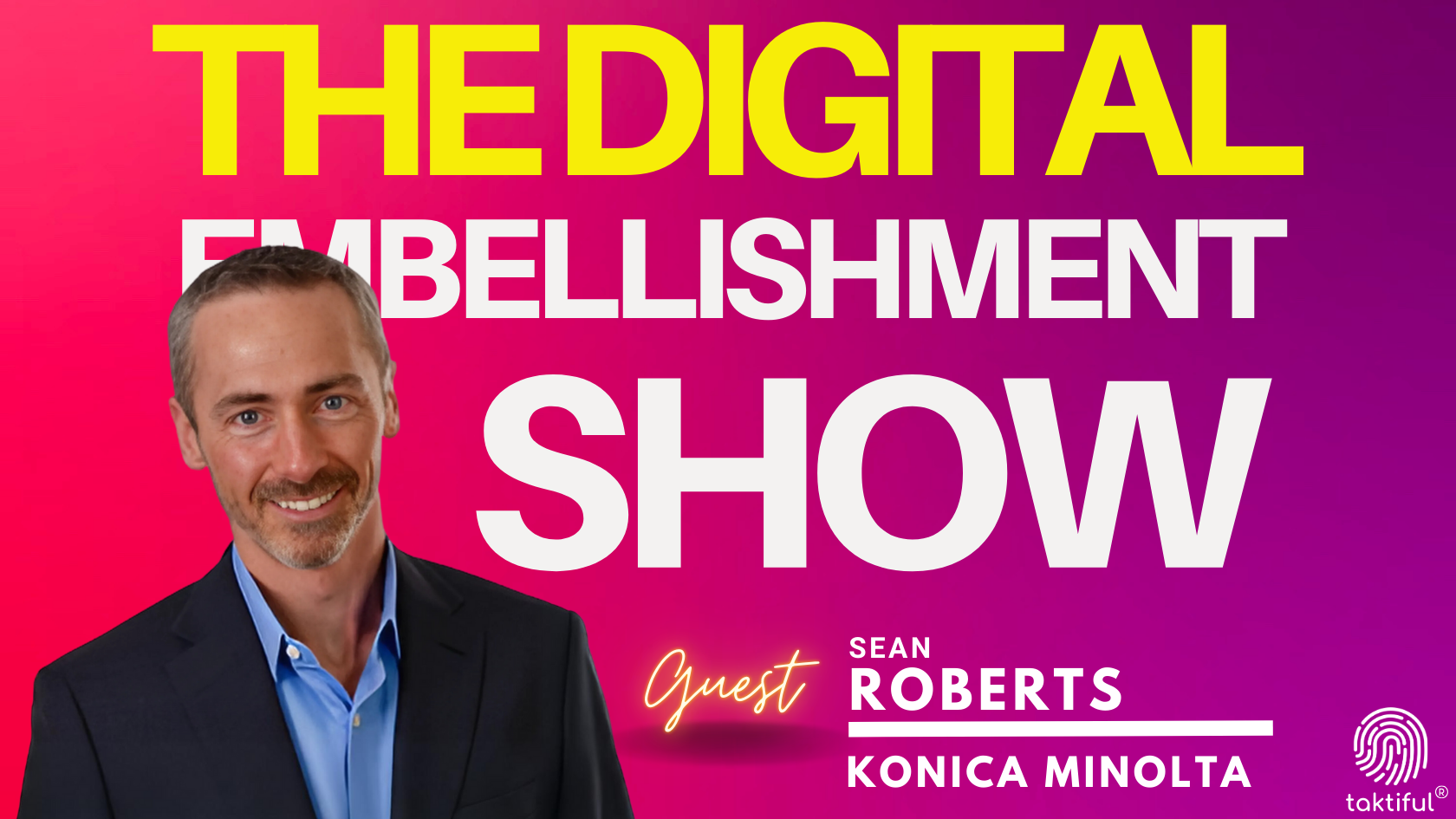

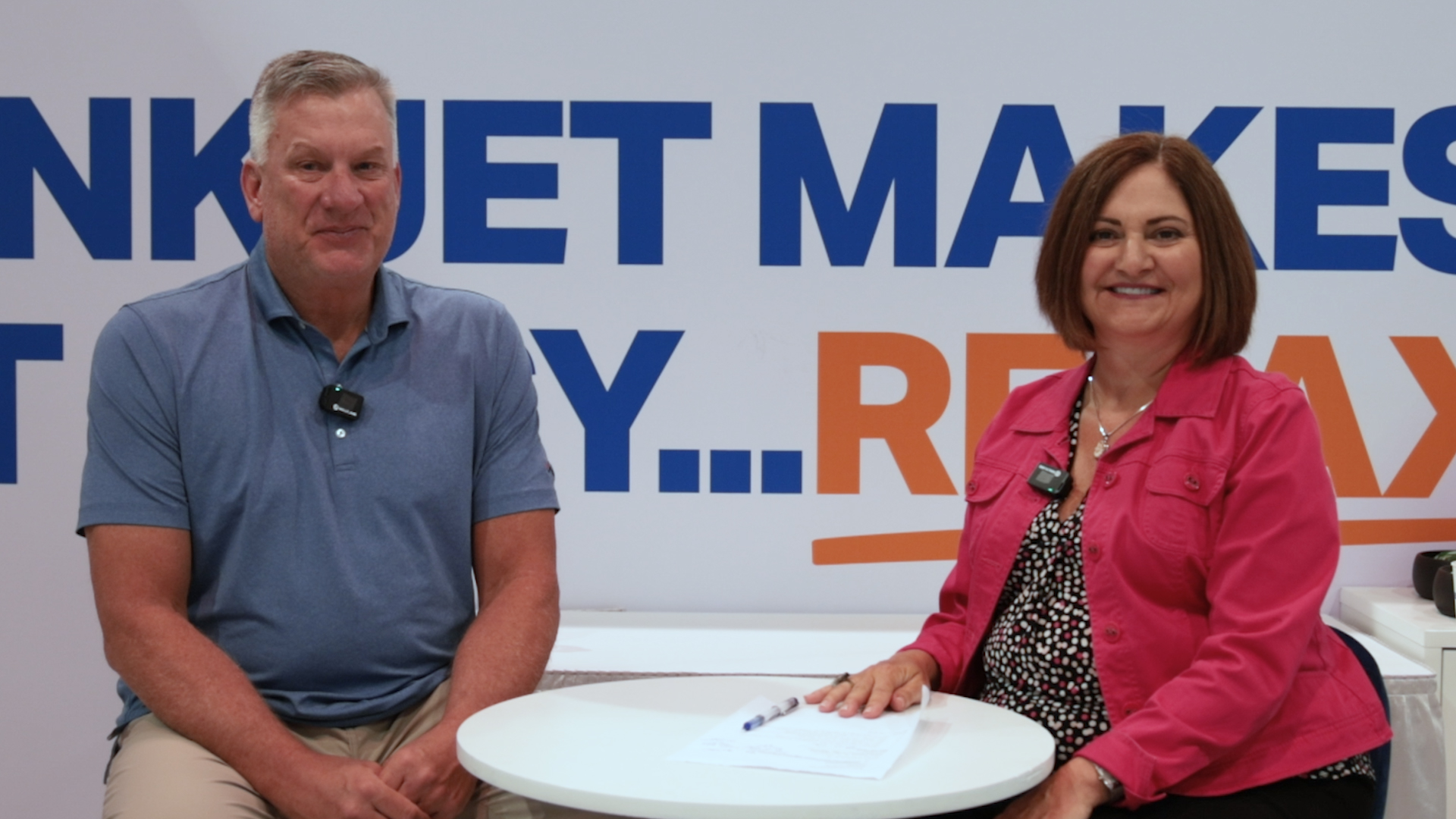
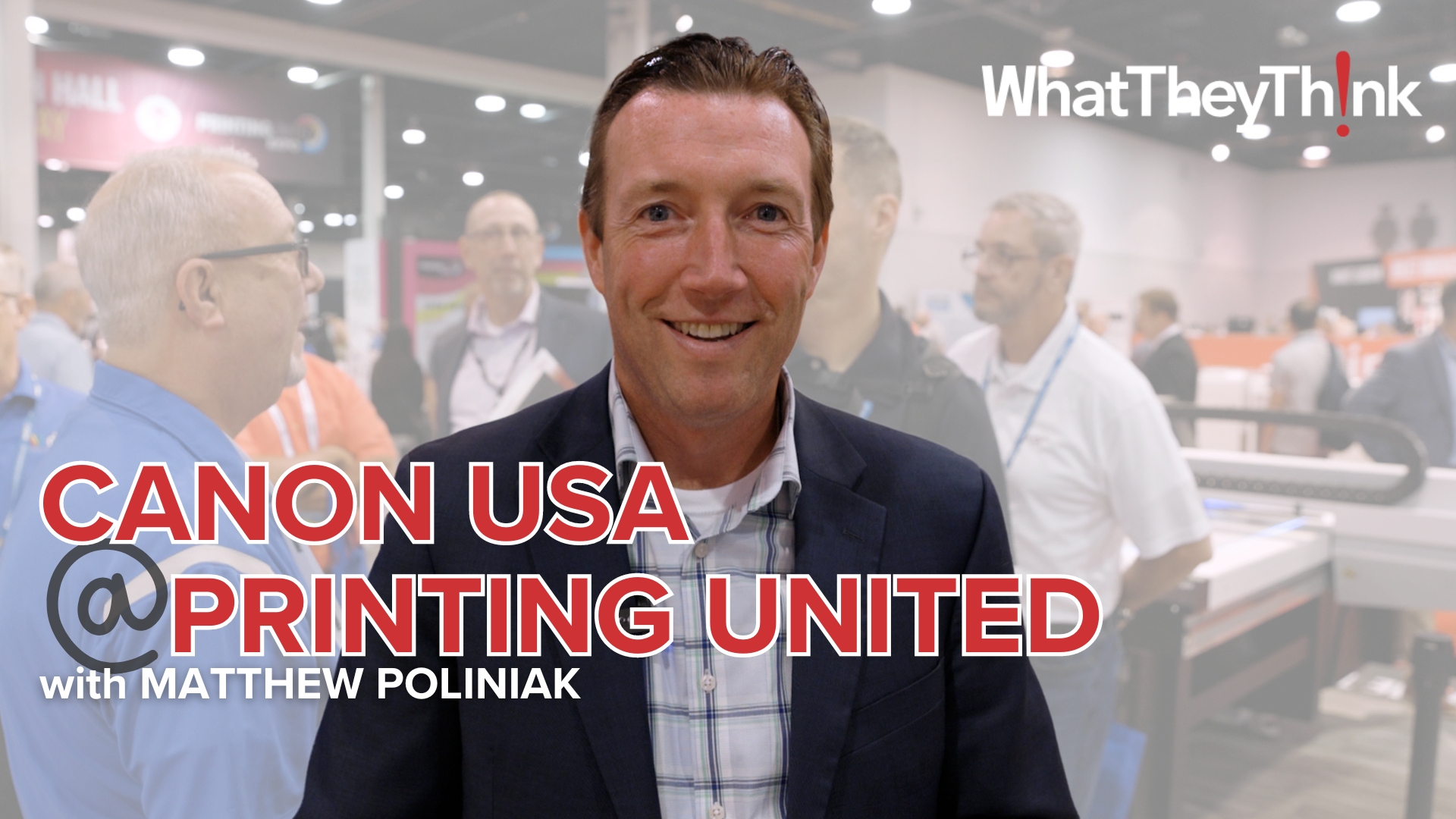
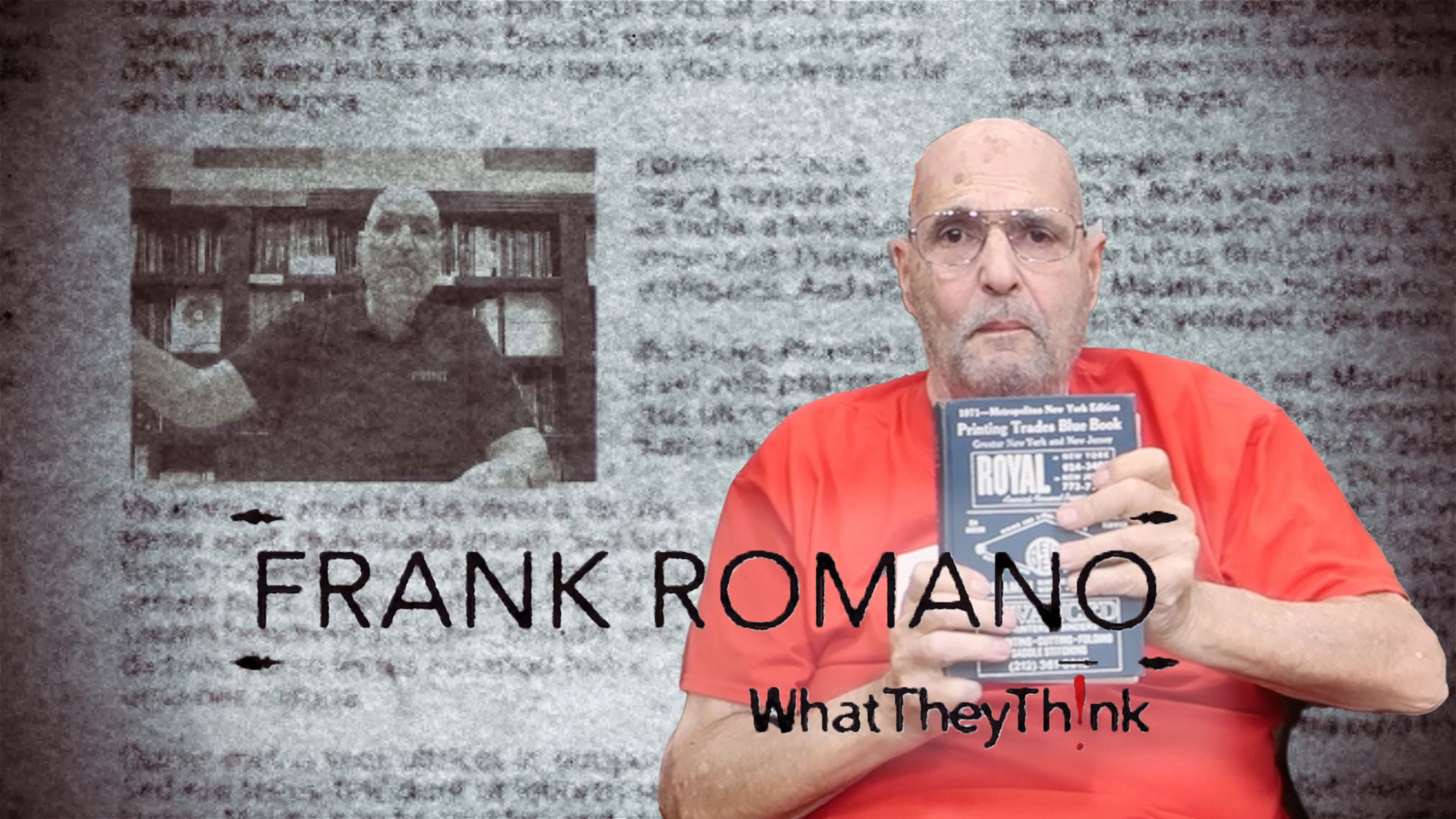
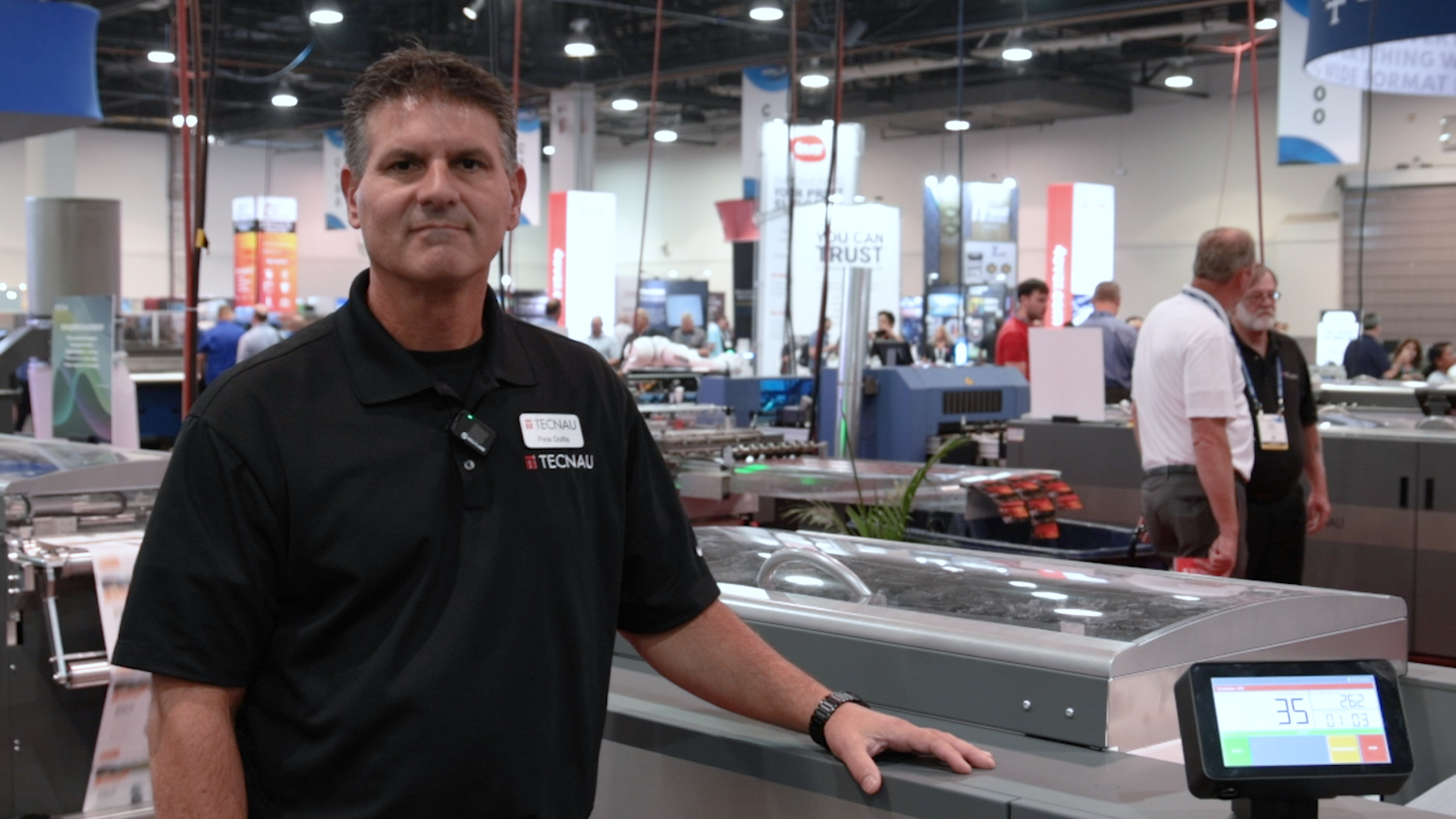
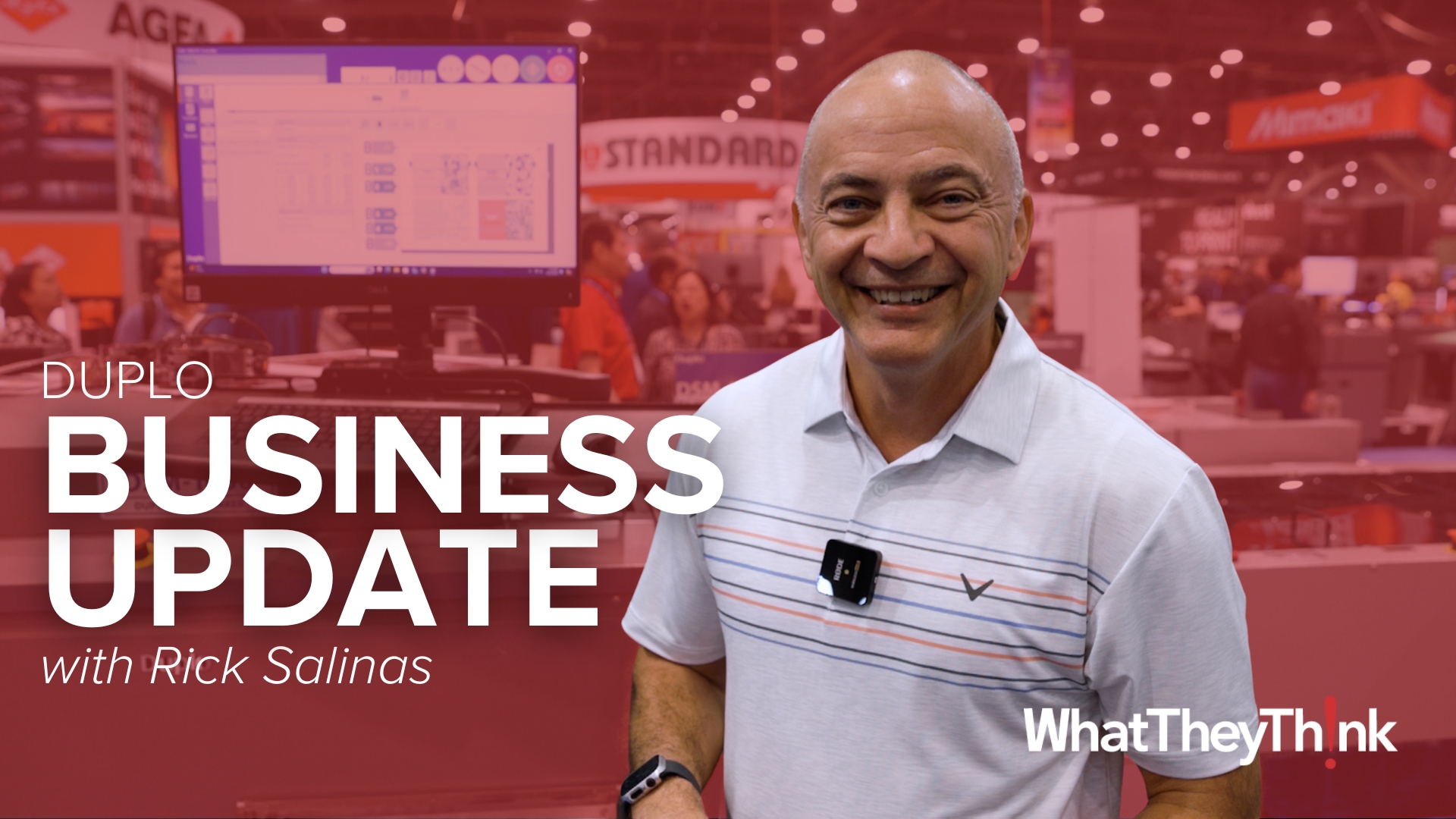

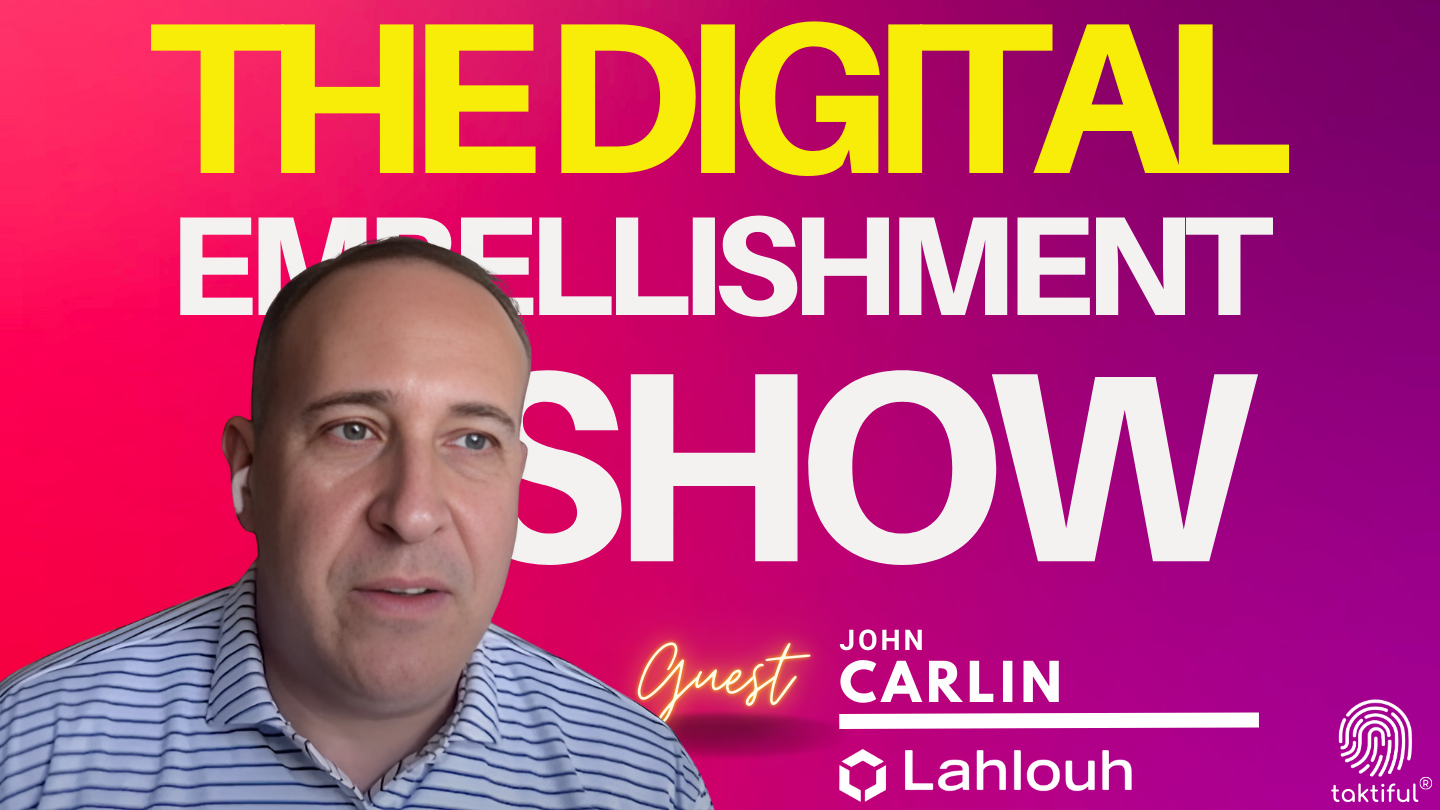



Discussion
By Buck Crowley on May 08, 2012
Andy T has a good perspective as always. There are inherent limitations to liquid-toner that inkjet doesn't have.
To understand why inkjet will prevale, look at the speed, quality, and substrates that are printed by large formats for many years now.
Those same heads are available to mount on your existing presses, folders and bindery lines and you save on the cost of the paper-handling iron.
Buck @ BuckAutomation.com
By Peter Crean on May 08, 2012
Liquid development has certainly having a resurgence now - it dates from the 60's. I would add the Myakoshi/Ryobi 8000 sheets/hr B2 Press at drupa this year. The image permanence and solvent removal issues don't go away, but more creative solution keep coming up. The appearance of the images is just to tempting to walk away from.
By Soon Seng Yap on May 09, 2012
Can the new liquid toner do finishing like UV Coating or lamination?
By Rossitza Sardjeva on May 09, 2012
At drupa I have been at the stand of Xeikon - their claims are that liquid Trillium toner are completely different, pharmaceutical grade, without VOC's and with full bio-based resin. Mr. Tribute, can you comment that? Will these toner cause problems in recycling process?
By Buck Crowley on May 09, 2012
Here are is some research on recycling.
INGEDE Press Release 3/2010
Liquid Toner Prints to Be Avoided
http://www.ingede.de/ingindxe/press/pr1003.html
Wonder what trying to remove tiny nano particles is like.
Buck @ BuckAutomation
By Chuck Gehman on May 09, 2012
Buck, from what I saw (in Landa's movies) and heard (from their people), the tiny nano particles are laminated onto the surface of the paper, and are easily scraped off. As opposed to the competition, which (again, Landa's words) unleashes a "tsunami" of liquid that saturates the paper.
I guess we'll have to wait and hear from the independent scientists, though.
By Alex Ozerov on May 09, 2012
Buck,
Not all liquid toner printing processes cause the deinking problems exhibited by HP Indigo presses as evedenced by the referenced Ingede study. It is yet to be seen from officially published results, but I would be highly surprised if the Trillium presses do not meet the existing paper recycling standards of large scale paper recycling plants. Xeikon would unlikely consider taking a non-deinkable printing technology to market.
By Peter Crean on May 09, 2012
I doubt anybody in Benny's team said that the nanoinks can be "easily scrapped off" given the embarassment 13 years ago when Indigo prints became "erasable." The recyclling process is a mature industrial process brought up on offset. Offset, classical toner and Xerox solid ink have been "cleared" but many of the ink jet systems and Indigo have major issues today, but the paper coatings amd fixing techniques. These new LID processes each need to be checked out. These new liquid toners are aiming for significant volumes so it really matters. If they turn out to be just a curiosity, but I think this is for real.
By Axel Fischer on May 21, 2012
@Alex: You're right -- Xeikon gave us prints to test the deinkability of the system quite early.
@Buck, Rossitza:
Here is our most recent press release about better deinkable liquid toner -- we tested with Xeikon two times already during the development phase and did not know that it was not dry toner. And it was as good as dry toner.
INGEDE Press Release 1/2012
New Recycling Friendly Developments
http://www.ingede.com/ingindxe/press/pr1201.html
Axel @ INGEDE
Discussion
Only verified members can comment.